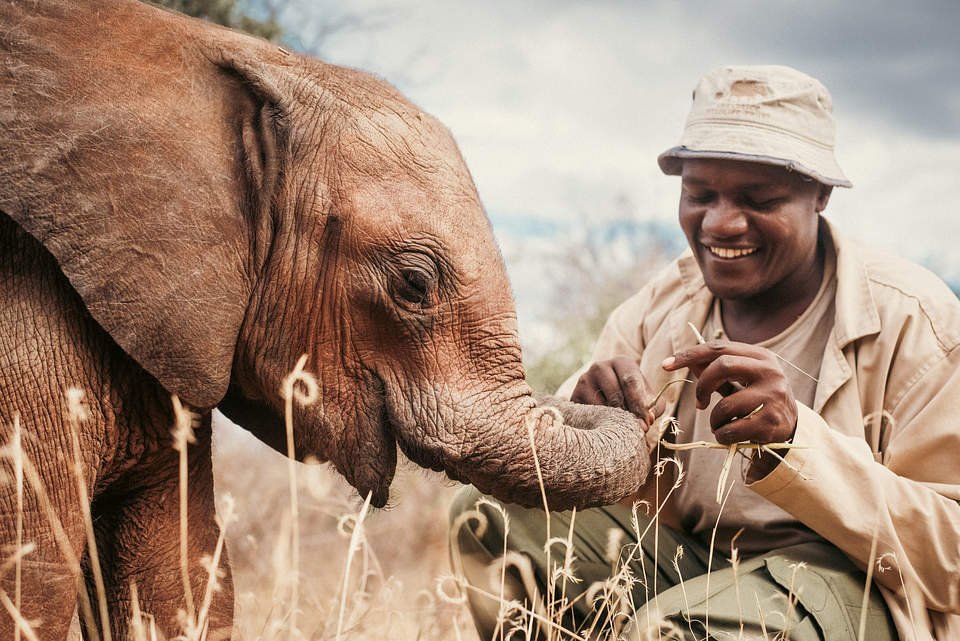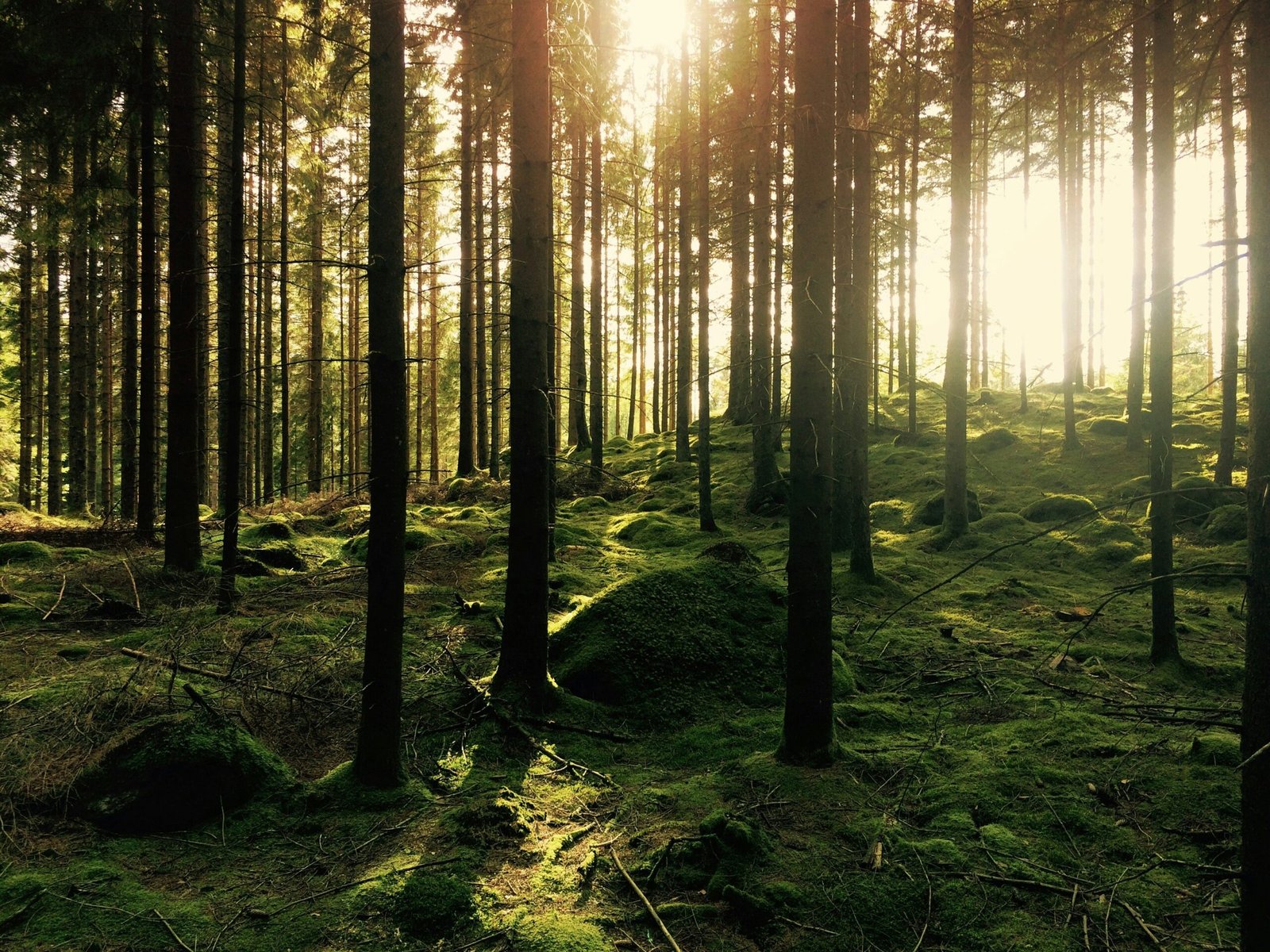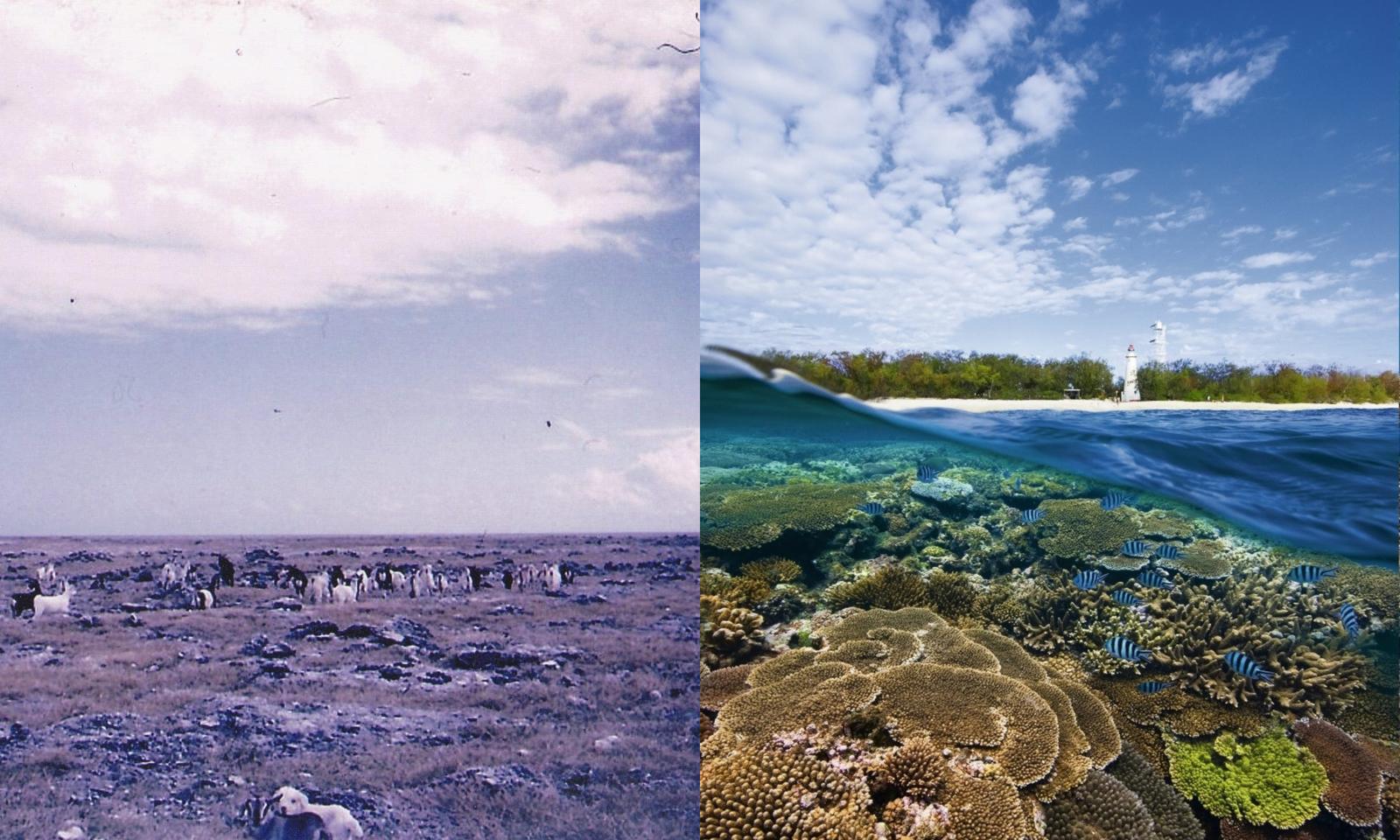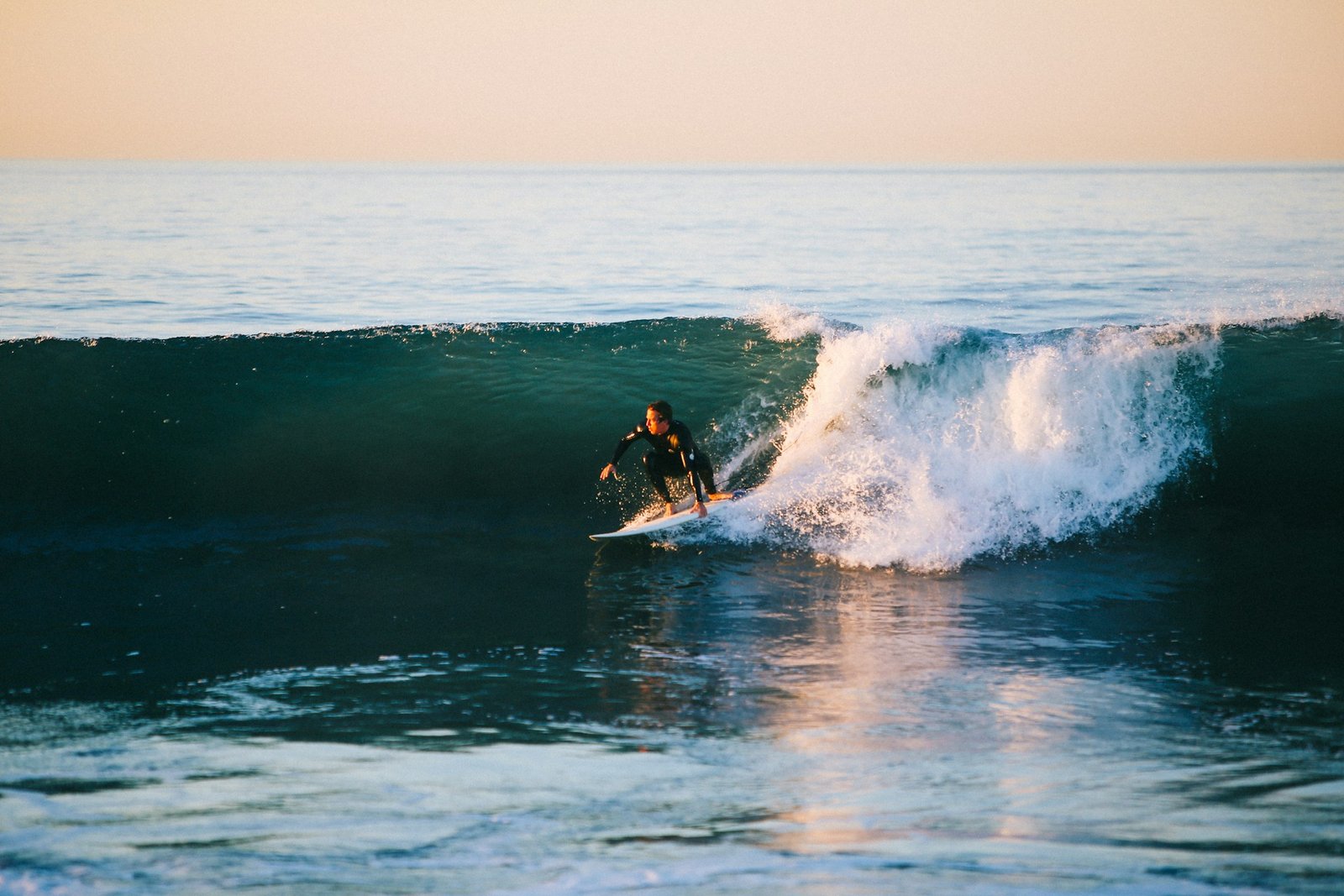An island brought back to life: The story of Lady Elliot Island Australia
Once completely destroyed of its biodiversity due to harmful fertilizer mining practices, a successive line of nature enthusiasts has brought back an ecosystem dating 3,500 years to its former glory in just 55 years.
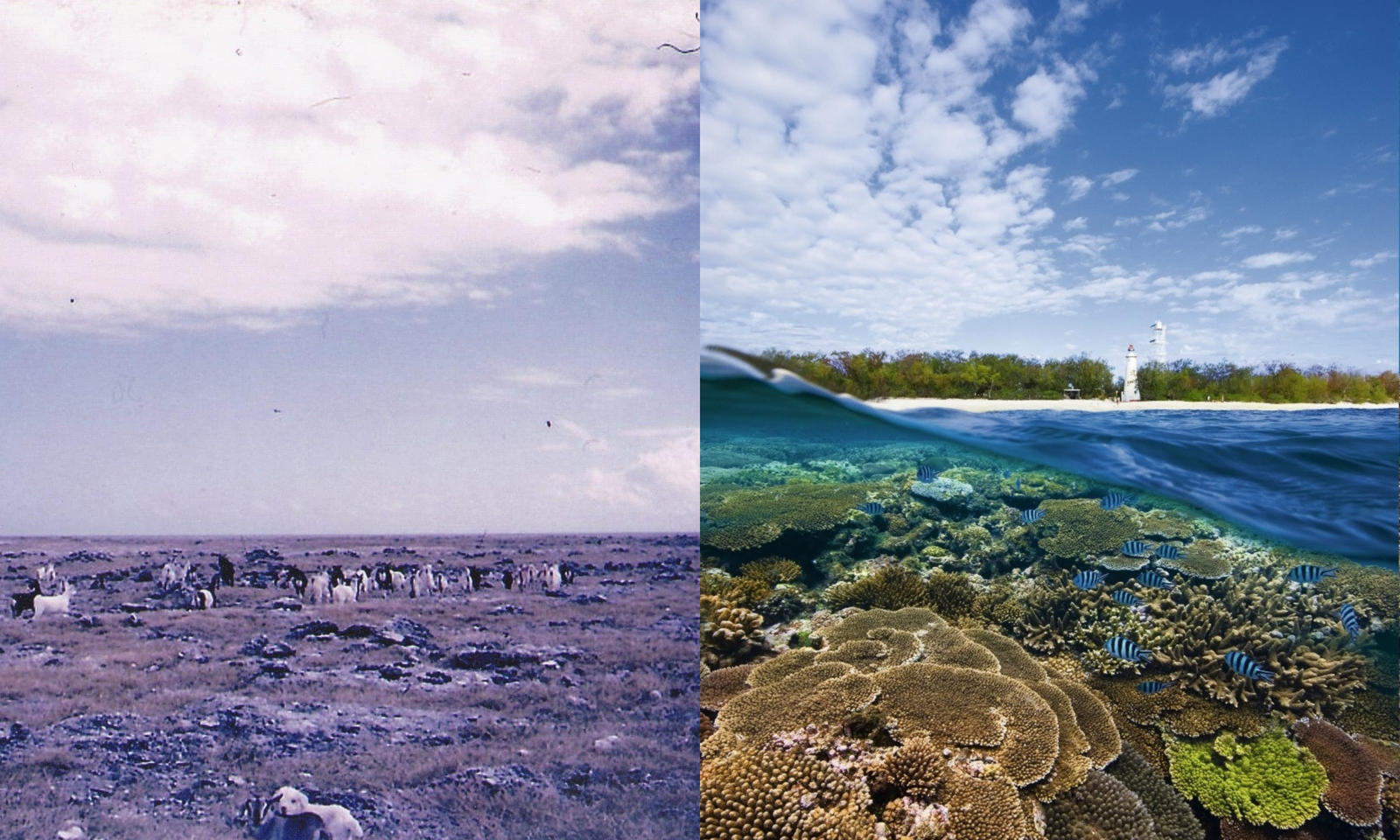
Image by Lady Elliot Island Eco Resort
The Lady Elliot Island is located roughly 80 km off the coast of Brisbane, Australia, at the southern end of the Great Barrier Reef. The island which spans 100 acres is home to the Lady Elliot Eco Resort which Peter Gash and his wife took over after they leased out the island from the Australian government in 2005.
Having met and fallen in love with the marine life and coral reefs surrounding the island, Gash and his wife Julie made it their life’s work to protect and improve this significantly important area of biodiversity. Today, Gash’s children have also joined him in continuing these conservation efforts and assisting in running the Eco Resort which is a key site for undisturbed marine life observation.
Prior to this, the island had been mined heavily by European settlers for guano, a fertilizer consisting mainly of sea birds’ excrement since the 1850s. Thus, turning the island into a hard and barren surface with little to no vegetation-friendly soil and plantations to preserve its natural biodiversity which attracted thousands of sea birds and nesting sea turtles.
At the end of these unsustainable mining practices, the island was so barren that only a countable number of trees remained on its surface. Since the replanting efforts began in 1969 by Don Adams and followed by Peter and Julie since 2005, the island has been turned into a lush green area of land which attracts over 200,000 sea birds during the peak season and also nesting sea turtles.
Together, they have planted thousands of native plants and nurtured them carefully to regenerate a 3,500-year-old ecosystem which was destroyed in a matter of years. The resulting return of the sea birds has also brought back natural compost which has further improved the regeneration efforts of the island by improving the quality of its natural mud.
Today, Peter has also been successful in developing the island’s Eco Resort into one of the world’s most sustainable eco-tourism destinations. The surrounding ocean of the island is home to a variety of marine life including reef sharks, sea turtles and manta rays and the resort has adopted a method of observing its vibrant marine life without interfering with it in any harmful way. Peter’s policy is to observe without touching the animals or disturbing their natural presence. Thus, according to Peter, marine life has now grown accustomed to friendly human interactions.
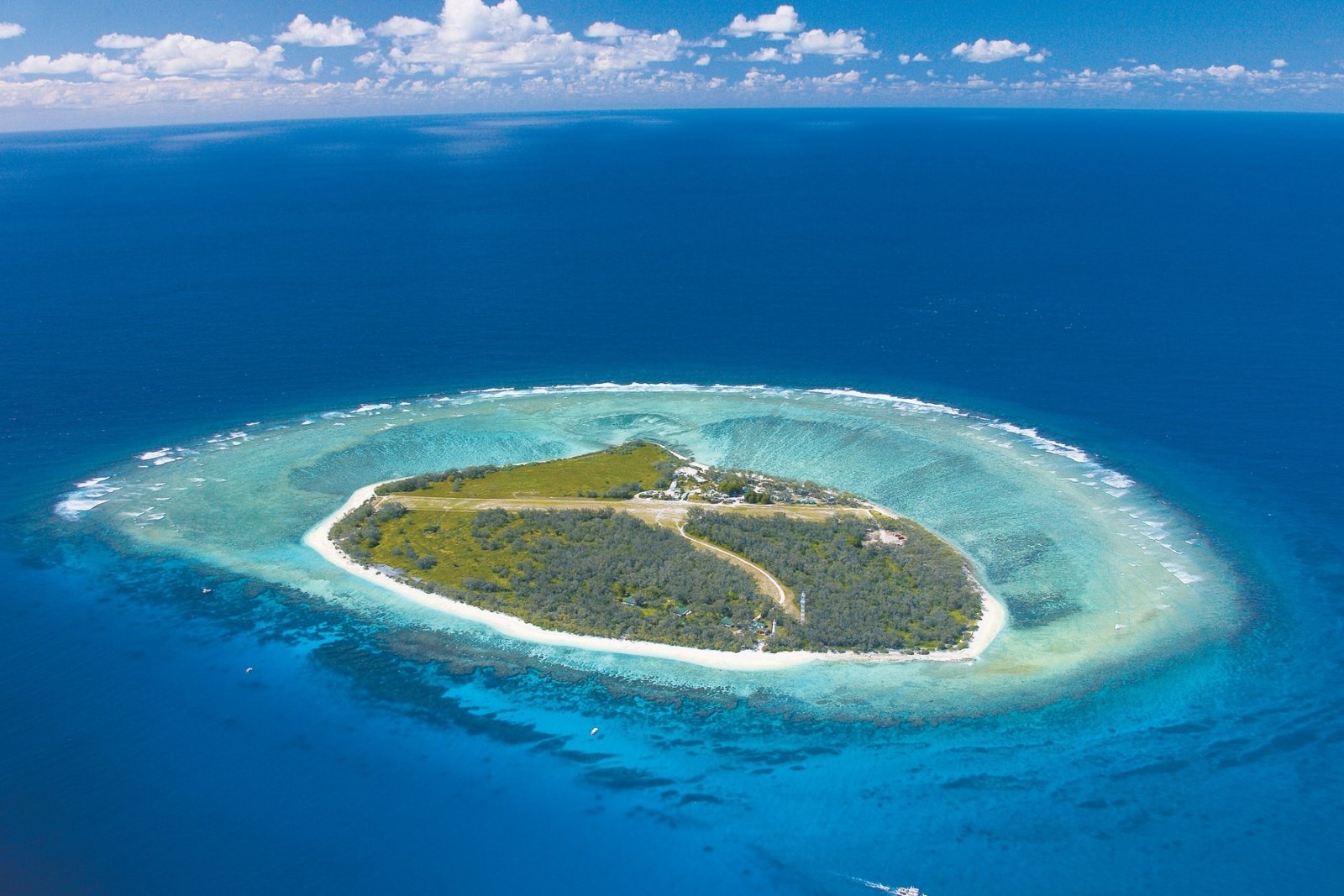
Image by Lady Elliot Island Eco Resort
As a part of the Great Barrier Reef, the island is also a key coral reef site that attracts tourists from around the world. However, mass coral bleaching activity that is currently present due to the increasing temperatures of the water and other threats such as ocean acidification and pollution have put high stress on this invaluable ecosystem. While coral reefs can survive bleaching, long-term bleaching with no preservation efforts could lead to fatal conditions. With the support of relevant authorities, Peter has now focused his attention on working towards protecting these coral reefs for the future by balancing tourism and conservation.
Furthermore, the island is powered by 100% renewable energy through the use of hundreds of solar panels. Initially, the island required roughly 200,000 liters of diesel for power generation. In light of these efforts, the Lady Elliot Island Eco Resort was awarded the Steve Irwin Award for Ecotourism in 2014, 2017 & 2019, the gold award in the Queensland Tourism Awards and the silver award in the Australian Tourism Awards in Ecotourism in 2019. In 2020 Peter was also awarded an Order of Australia Medal for his services to ecotourism.
According to Peter, “it’s not hopeless” to aim to regenerate damaged ecosystems. He believes that if a smaller ecosystem such as Lady Elliot Island was regenerated in such a short time, big strides could be achieved in larger ecosystems if people simply came together. In his own words, Peter’s current mission is to “inspire & encourage other people, particularly the younger generation to follow their dreams to make a difference on the planet… I happen to believe in the following words that were penned by someone far more articulate than myself. We don’t inherit the earth from our ancestors, we borrow it from our children.”
Similar articles that you may like:
Mnemba Island’s Coral Reef Revival Success – Read Here
Born Free Foundation releases two leopards held in illegal captivity into a forever home – Read Here
Oceanswell completes Cetacean diversity study in the Indian Ocean – Read Here
The Ocean Cleanup deploys System 03 for the first time in 2024 – Read Here
